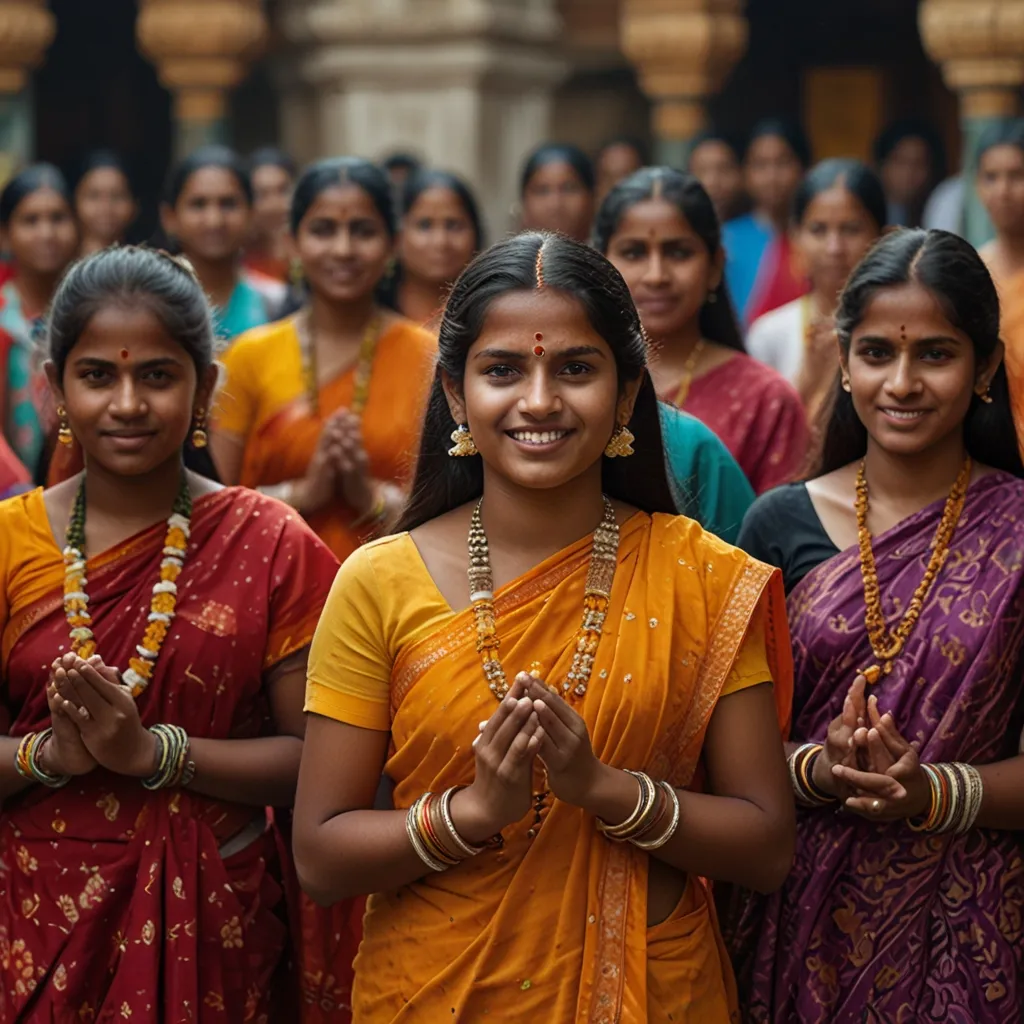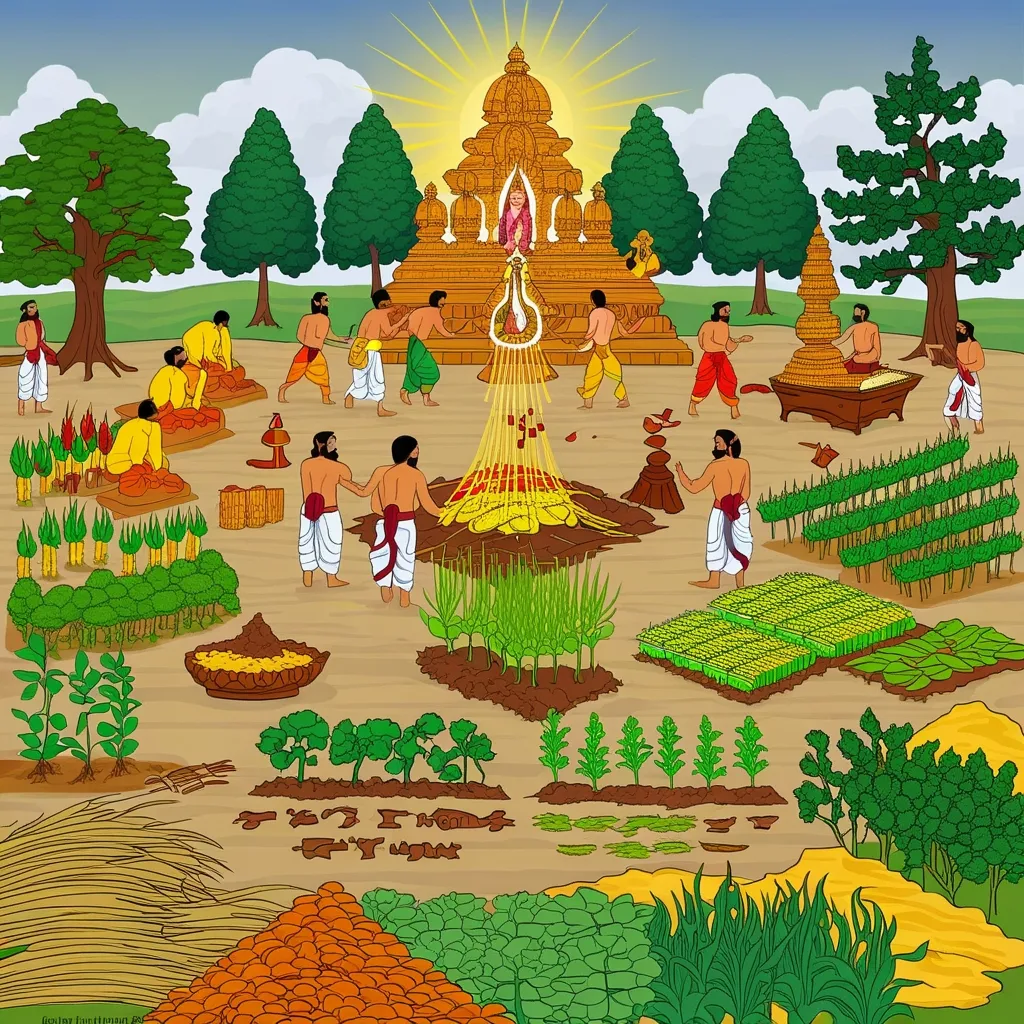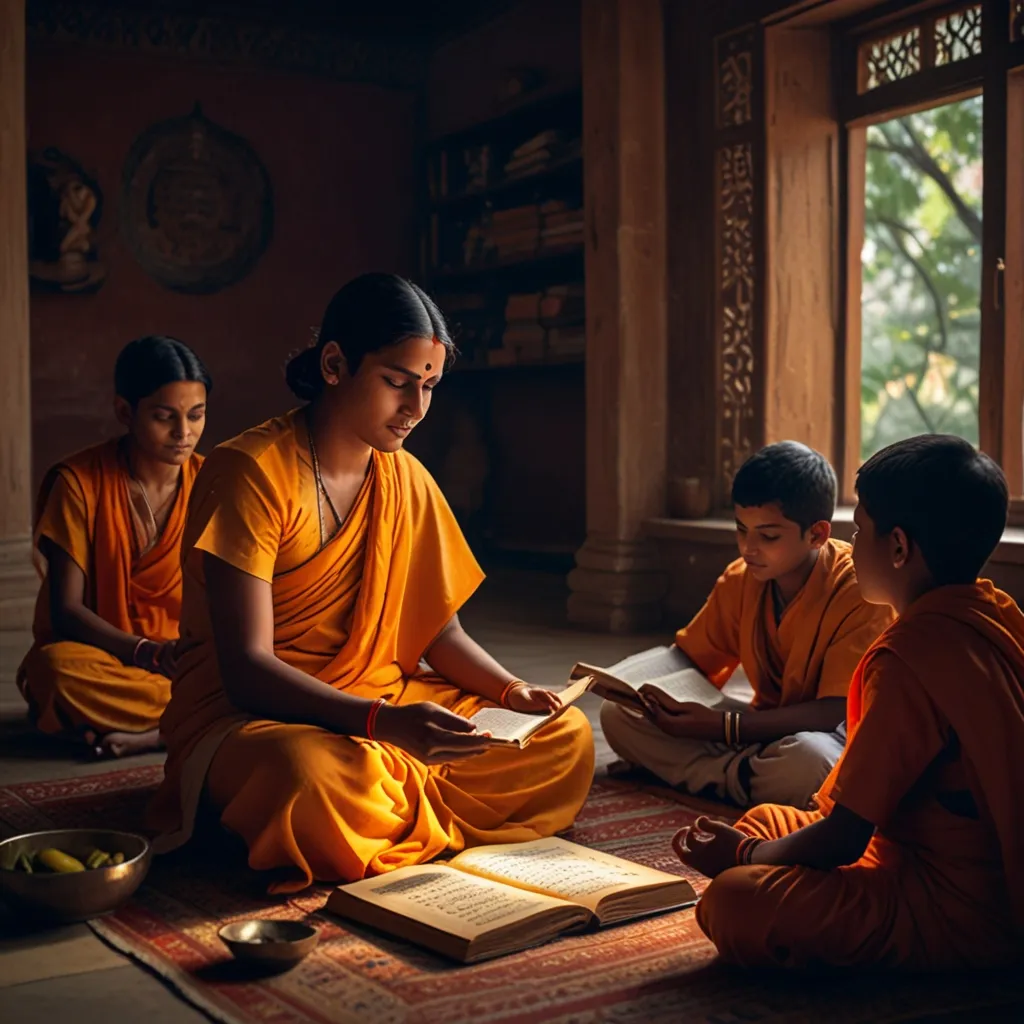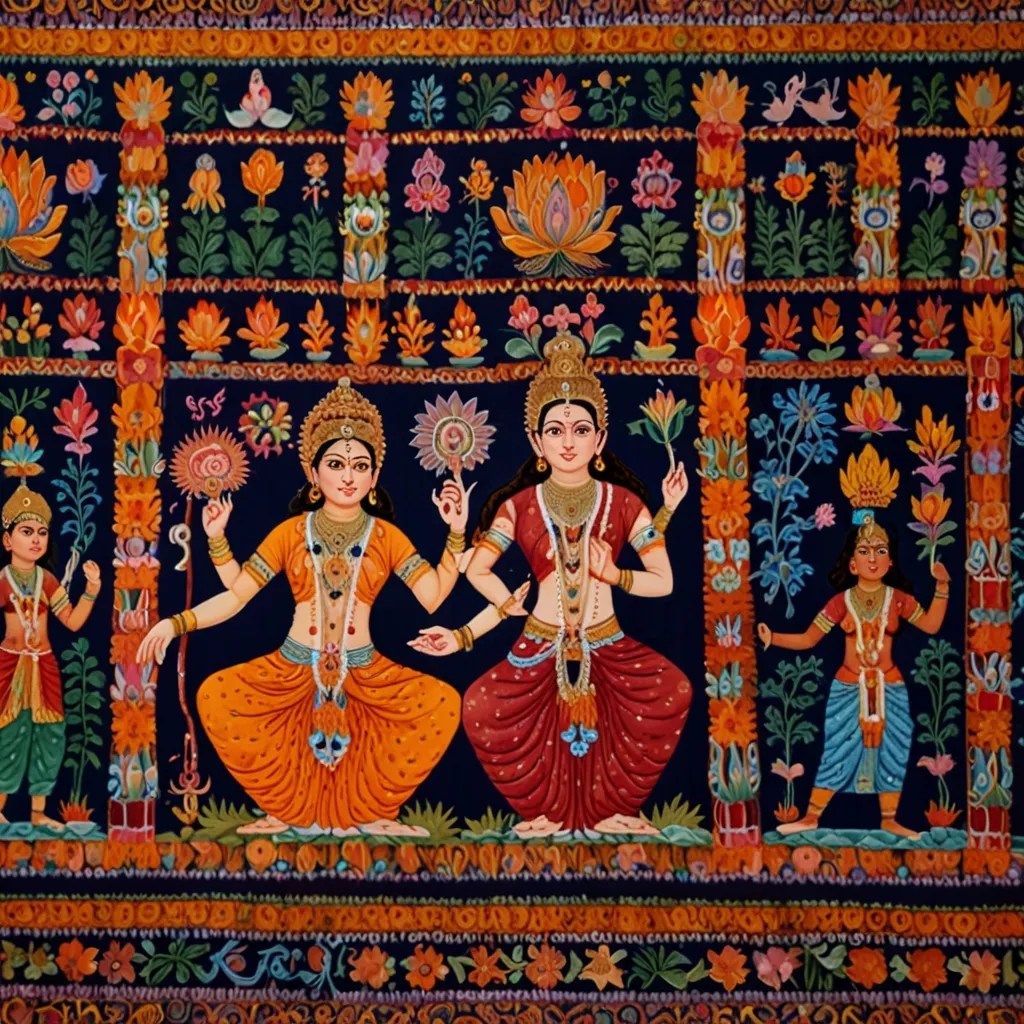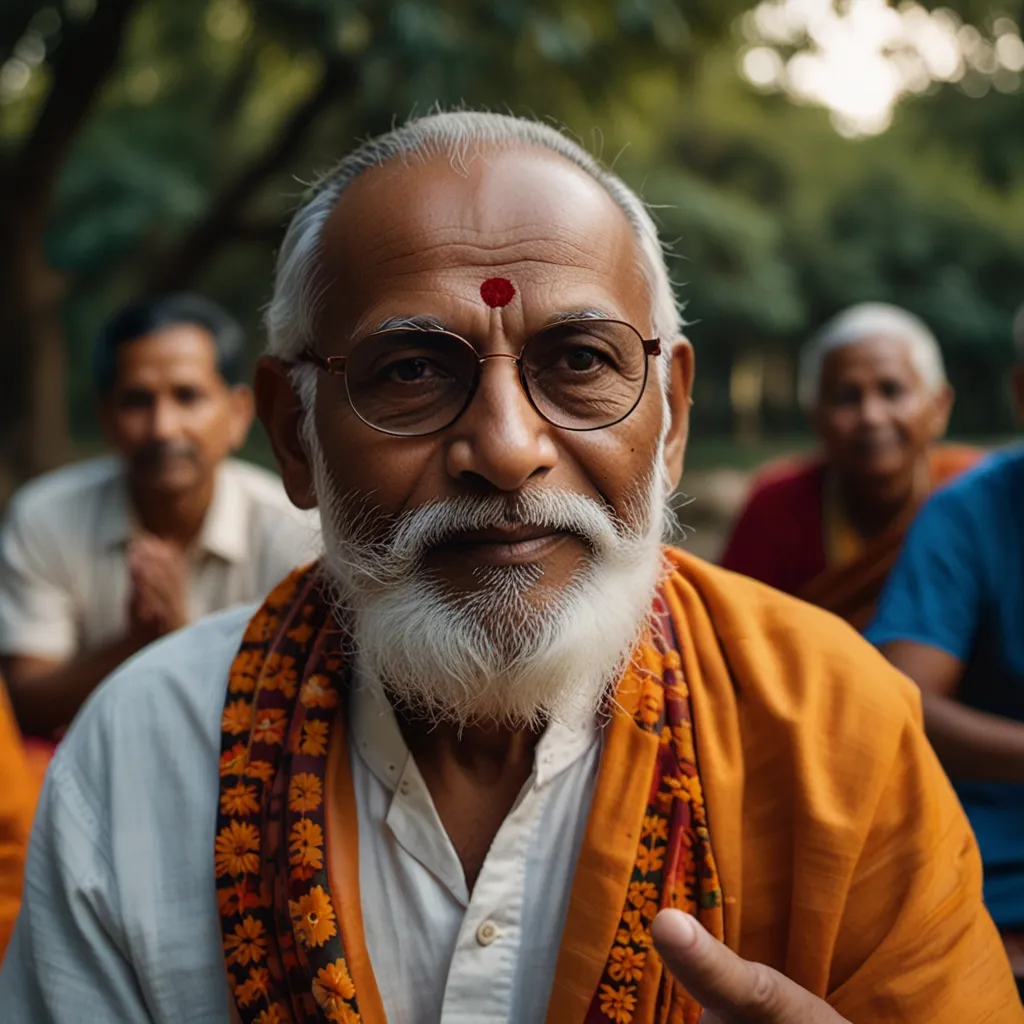The Heart of Hinduism: All About Bhakti
Hinduism is this rich, colorful mosaic, and if there’s one thread that holds much of it together, it’s bhakti — or devotion. This concept isn’t just a part of Hinduism; it’s one of its beating hearts. It’s been around for ages, evolving and influencing countless lives. But what makes bhakti so central? To get the full picture, we’ve got to journey through its past, see how it’s expressed today, and understand its social impact.
Let’s kick things off by diving into the history of bhakti. Imagine going back to 1500 BCE, flipping through the pages of ancient texts like the Rig Veda. Even then, you’d find hymns full of love for the divine and prayers for everyone’s well-being. These early whispers set the stage for a tradition of shared devotion that would grow more pronounced over time.
Fast forward a bit, and texts like the Śvetāśvatara Upaniṣad and the Bhagavad Gita come into play. Here, bhakti isn’t just hinted at but is right there in the spotlight. The Śvetāśvatara Upaniṣad, for example, talks about bhakti as the highest form of devotion to God, similar to the deep respect you’d have for a wise guru. It’s not just about rituals or knowledge; it’s about an emotional, almost personal connection with the divine.
In Hinduism, there are three main paths or mārgas: jnan (knowledge), karma (actions), and our star player, bhakti (devotion). If jnan is the mind and karma is the body, then bhakti is the heart. The term itself originates from the Sanskrit verb bhaj, which means “to share,” “participate,” or “belong.” And boy, does it live up to that meaning.
Expressions of bhakti can be as varied as the people who practice it. One of the most joyful forms is through singing — bhajans and hymns composed by saint-poets. These songs, sung in various regional languages, break down barriers of caste and gender. Ever heard of the Ramcharitmanas by Tulsidas? It’s a poetic retelling of the Ramayana in Hindi and is a huge hit in North India. Down south, the Alvars and Nayanmars have sung praises of Vishnu and Shiva, respectively. These regional takes on bhakti not only keep the tradition alive but make it relatable to whoever’s listening.
Then there are the daily rituals and practices that beautifully weave bhakti into everyday life. Think temple worship, offering flowers or fruits, or even a simple act of pouring water. These aren’t just isolated acts but communal gatherings that bring people together. Ever received prashad at a temple? It’s that divine blessing, often in the form of food, that reinforces your bond with the divine.
Now, if you think bhakti is just singing and rituals, hold that thought. Dance plays a big role too. Indian classical dance often has a strong devotional angle. Shiva as Nataraja, the cosmic dancer, is a perfect example. Dancers invoke divine presence through their intricate movements, turning their performances into acts of devotion. Kirtan, a form of devotional singing often accompanied by dance, is particularly popular among Krishna devotees. It’s lively, engaging, and unites everyone in a collective experience of devotion.
But bhakti isn’t just touchy-feely stuff; it’s been a driving force for social change. During medieval times, the bhakti movement challenged the rigid caste system and oppressive gender norms. Saint-poets like Kabir, Raidas, and Mirabai took a stand against the Brahmanical norms of their time, advocating love and devotion over rigid rituals. Their poetry and songs emphasized a direct, personal relationship with God, making bhakti an egalitarian force. It democratized devotion and brought communities together in a way few movements can.
Emotionally speaking, bhakti hits you right in the feels. It’s all about a deep, personal bond with the divine, often expressed through singing, dancing, and participating in rituals as a community. There’s an emotional framework called rasa that breaks down these feelings — love, longing, joy — associated with devotion. Think of it as the emotional palette through which bhakti paints its vibrant picture.
And here’s the kicker — in today’s world, bhakti is as relevant as ever. Its simplicity and everyday quality make it accessible to everyone. You don’t need a priest or a temple; you can express your devotion in your living room with just a song or a small offering. This flexibility keeps bhakti alive and well in modern times.
Moreover, bhakti has a knack for bringing people together. In a world often divided by religion, politics, and social norms, bhakti offers common ground. It’s about shared values, emotional connections, and a collective sense of unity. Whether you’re in an urban city or a rural village, bhakti speaks the same language of love and devotion.
So, in a nutshell, bhakti is the heart and soul of Hinduism. From its ancient roots in Vedic texts to its modern expressions in songs, dances, and rituals, bhakti has evolved into a powerful force that unites people. It emphasizes an emotional connection, a personal bond with the divine, and communal participation. It transcends social hierarchies and promotes unity, making it an integral part of Hindu culture and identity. No wonder it’s stood the test of time and continues to be a vital part of countless lives.
